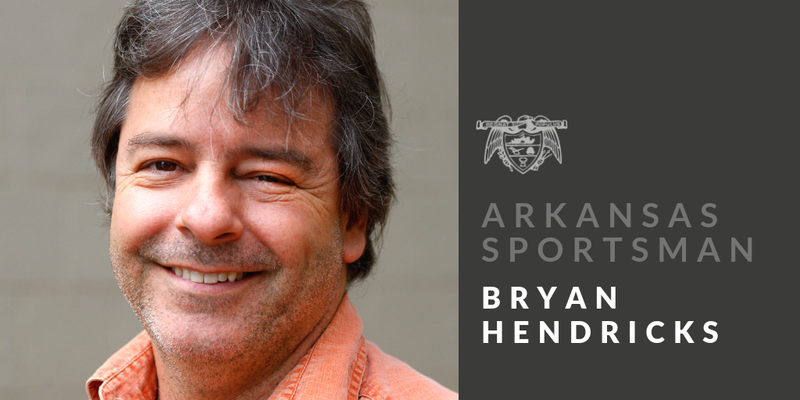With fishing and boating season approaching, boaters should perform a checkup before taking to the water.
Start with your trailer. It's a scenic staple in Arkansas to see a boat trailer on the roadside minus a wheel on a blazing summer day. That likely means a damaged axle, which means a costly repair.
After a summer of backing a trailer in and out of the water, water will invade voids in improperly lubricated wheel bearings. Over the fall and winter, wheel bearings on idle trailers can rust, causing them to seize or break.
Before your first outing, lubricate your bearings with marine-grade wheel bearing grease. This is an easy job with a grease gun if your wheel hubs have grease fittings. If not, remove and repack your bearings, and install bearing buddies. These attachments have grease fittings and indicators to let you know it's time to freshen your lube.
Trailer wiring is a constant problem for boaters. Narrow metal rings support lighting wires down the length of a trailer frame, but the rings also are friction points. If your running lights, brake lights or turn signals don't work, it's probably because friction has rubbed through the insulation and shorted a wire on metal. There will probably be several "shorts" on all of the rings.
Clip away the damaged wire and splice together undamaged wire with butt connectors. Make sure the wiring remains channeled through the support rings. Wrap the friction points liberally with as much electrical tape as will fit inside the ring to prevent movement and friction.
If your wires are severely degraded, you will need to install a new wiring harness. It is actually easier than clipping and splicing. Pay close attention to which wires hook to which lights. Disconnect and reconnect one light at a time to prevent confusion. Also, remember to connect a ground wire to the trailer. If lights are burned out, replace them with long-lasting light emitting diodes (LED).
Prudent boat owners add a stabilizer like Star Tron, Seafoam or Stabil to their marine fuel. Untreated fuel separates into a suspension that plays havoc with carburetors, fuel injectors and ignition systems. If you stored your boat for several months with untreated fuel, there's a good chance your boat won't start. You are especially at risk if you run ethanol
You will, of course, discover this fact on the boat ramp, preferably before you launch.
You can test your fuel at home with a simple, inexpensive garden hose attachment that clamps to the water intakes on your outboard motor. Clamp the "ears" to the intake, turn on the water spigot and hit the ignition. If the motor starts and runs, you should be fine.
At this time, also make sure your motor's water pump is working. If your outboard has a jet indicator, water should shoot from the port. If not, check for obstructions. Dirt daubers, ants and other pests often fill water ejection ports with mud. You can clean it out with an uncoiled paper clip.
Check your spark plugs, especially if your motor does not start easily. Carbon crusted contacts or eroded contacts will prevent ignition or cause rough running. Some boaters replace their spark plugs every spring whether needed or not.
Check your boat's wiring. Mice are very fond of nesting in boats, and they love to gnaw on wiring. This will cause short circuits, and that's really bad news if they disable running lights, bilge pumps and other necessary safety equipment. Check all switches and replace any that are inactive. Charge your battery if necessary.
Sometimes little things will bite you hardest. Make sure your boat's registration is current, and that the hull registration decal is current. Every boat must have an engine cut-off switch -- or kill switch -- and you must have a fire extinguisher on board when operating on federal waters, which include Corps of Engineers reservoirs and the Arkansas River. A boat must also have on board a horn, whistle or bell, as well as a wearable personal flotation device for every person.
A PFD must be age/size specific, too. If you have children aboard, you must have PFDs appropriate for children. The same goes for adults. A child-size PFD will not suffice for 200-pound adults. Each passenger must have access to a PFD that fits.
Sports on 02/13/2020
